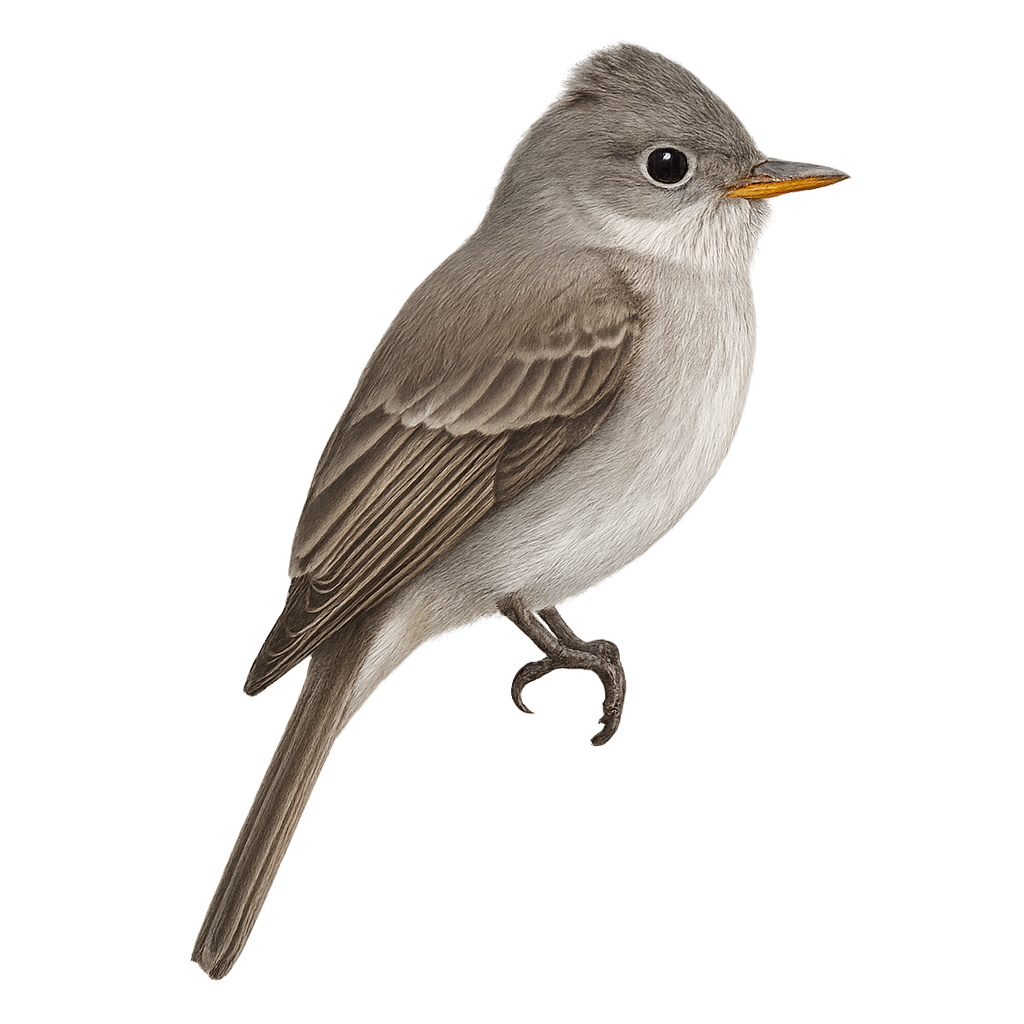Your wildlife photography guide.
Explore the greater pewee in detail, study its behavior, prepare your shots.
Where to observe and photograph the greater pewee in the wild
Learn where and when to spot the greater pewee in the wild, how to identify the species based on distinctive features, and what natural environments it inhabits. The WildlifePhotographer app offers tailored photography tips that reflect the greater pewee’s behavior, helping you capture better wildlife images. Explore the full species profile for key information including description, habitat, active periods, and approach techniques.
Greater Pewee
Scientific name: Contopus pertinax

IUCN Status: Least Concern
Family: TYRANNIDAE
Group: Birds
Sensitivity to human approach: Suspicious
Minimum approach distance: 10 m
Courtship display: April to June
Incubation: 17-18 jours
Hatchings: May to July
Habitat:
Pine forests, oak forests, mountainous regions
Activity period :
Primarily active during the day, with peak activity in the morning and late afternoon.
Identification and description:
The Greater Pewee, or Contopus pertinax, is a medium-sized bird belonging to the Tyrannidae family. It is primarily found in the pine and oak forests of mountainous regions in Central America and northern Mexico. Its plumage is generally gray-brown with a lighter chest, and it is distinguished by its slightly raised crest. This pewee is often seen perched on exposed branches, from where it launches to catch flying insects. Its song is a clear, melodious whistle, often heard at dawn. Although primarily insectivorous, it may occasionally feed on small fruits. It is a solitary bird but can be observed in small groups during migration.
Recommended lens:
400mm – adjust based on distance, desired framing (portrait or habitat), and approach conditions.
Photography tips:
To photograph the Greater Pewee, it is advisable to use a telephoto lens of at least 400mm to capture detailed images without disturbing the bird. Look for it early in the morning when its song is most active. Wait in areas where it often perches, such as exposed branches in pine and oak forests. Use a tripod to stabilize your camera and get sharp shots. Be mindful of natural light, which can change quickly in forest environments, and adjust your settings accordingly.
The WildlifePhotographer App is coming soon!
Be the first to explore the best nature spots, track rutting seasons, log your observations, and observe more wildlife.
Already 1 449 wildlife lovers subscribed worldwide

